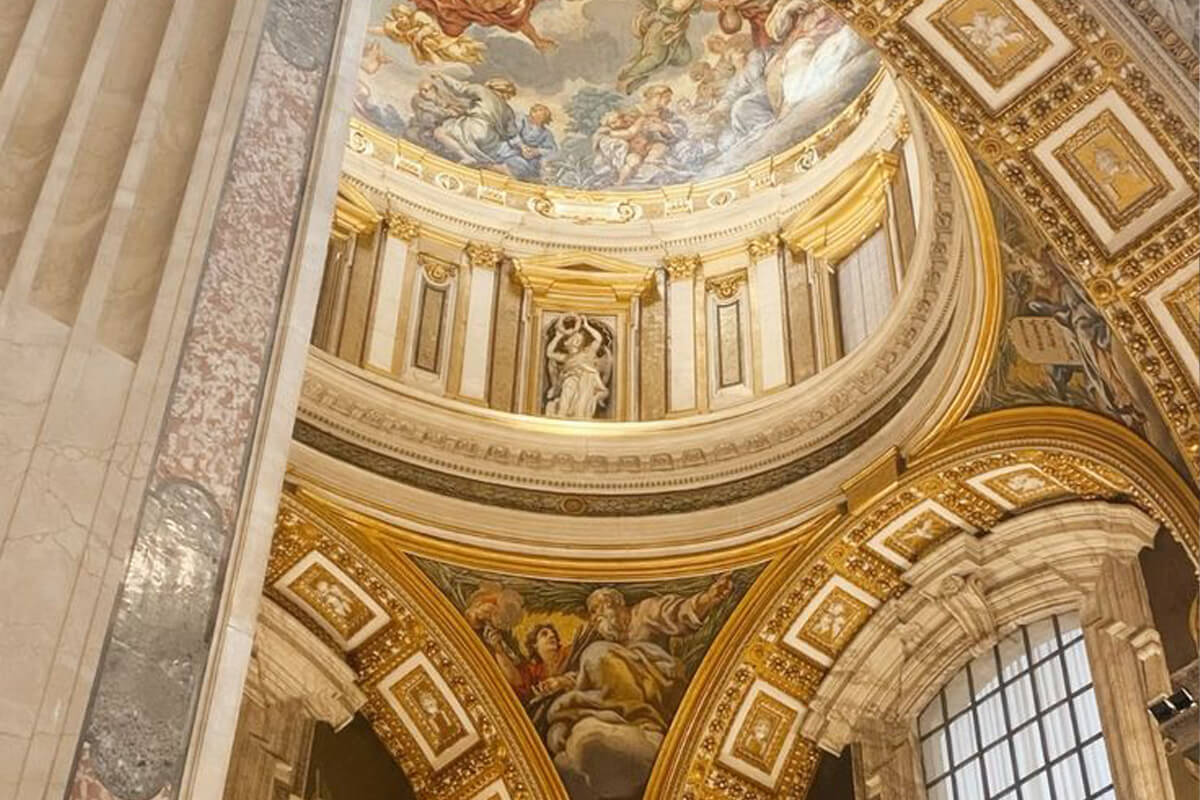Italy is a country steeped in rich religious traditions, deeply intertwined with its history, art, and culture. From the grandeur of the Vatican to the serene countryside shrines, religion plays a significant role in the daily lives of many Italians. This blog post explores the various religious traditions in Italy, highlighting their historical roots, cultural significance, and contemporary practices.
A Historical Overview
Italy’s religious landscape is predominantly shaped by Roman Catholicism, which has been the cornerstone of Italian identity for centuries. The legacy of the Roman Empire set the stage for the spread of Christianity, with Rome emerging as the heart of the Catholic Church. The Vatican, as the spiritual and administrative center of the Church, holds profound significance for millions of Catholics around the world.
In addition to Catholicism, Italy is home to a variety of other religious traditions, including Orthodox Christianity, Protestantism, Judaism, and Islam, reflecting the country’s diverse cultural heritage.
Major Religious Traditions
Catholicism
Catholicism remains the most prominent faith in Italy, with about 80% of the population identifying as Catholic. The Church plays a central role in the lives of many Italians, with rituals and traditions that mark significant life events such as baptism, marriage, and funeral rites.
Feast Days and Celebrations
Italian Catholic traditions are rich with feast days and celebrations. Notable events include:
- Christmas: Celebrated with festive decorations, family gatherings, and traditional foods. The Feast of the Epiphany on January 6th, featuring the arrival of the Magi, is marked by parades and the giving of gifts.
- Easter: Perhaps the most important religious holiday, it is celebrated with solemnity and joy. Cities like Florence and Rome host elaborate processions, while special foods, such as the Easter pie (pastiera), are enjoyed.
- Assumption of Mary: Celebrated on August 15th, this holiday features processions and festivals throughout the country, especially in coastal towns where it marks the height of summer.
Pilgrimages
Italy is dotted with pilgrimage sites, attracting thousands of devotees each year. The most famous is the Camino di Santiago, leading to the shrine of St. James in Santiago de Compostela. Another significant pilgrimage is to Assisi, the birthplace of St. Francis, where visitors can explore the serene landscapes and historic churches.
Regional Variations
Religious traditions in Italy often reflect regional identities, showcasing local customs and practices. In Sicily, for instance, the Feast of Saint Agatha is celebrated with vibrant processions and street fairs, while in Venice, the Feast of the Redeemer includes a bridge of boats across the Giudecca Canal, symbolizing the city's devotion.
Religious Art and Architecture
Italy’s religious heritage is also manifested in its art and architecture. Stunning churches, cathedrals, and basilicas can be found in every corner of the country, adorned with magnificent frescoes and sculptures. The Sistine Chapel in Vatican City, with Michelangelo's breathtaking ceiling, is a prime example of how faith and art converge.
Other Religious Traditions
While Catholicism is predominant, Italy is home to diverse religious communities:
- Judaism: Italy has a rich Jewish history, with synagogues and cultural sites in cities like Rome and Venice. Jewish festivals, such as Passover and Hanukkah, are celebrated with community gatherings and traditional foods.
- Islam: The Muslim community in Italy has grown in recent years, with mosques and cultural centers in major cities. Ramadan is observed with fasting and communal prayers.
- Orthodox Christianity: Particularly in southern Italy, Orthodox traditions are maintained by the Greek and Albanian communities, celebrated through unique liturgical practices and feasts.
Conclusion
Italy's religious traditions are a vibrant tapestry woven into the nation’s identity, reflecting its historical roots, cultural diversity, and communal values. From the grandeur of Catholic rituals to the quiet reflections of smaller faith communities, these traditions offer a glimpse into the heart of Italian life. As you explore Italy, take the time to appreciate the sacred spaces, festivals, and practices that continue to shape the spiritual landscape of this remarkable country. Whether it’s attending a local feast, visiting a historic church, or participating in a pilgrimage, the spiritual essence of Italy is sure to leave a lasting impression.


